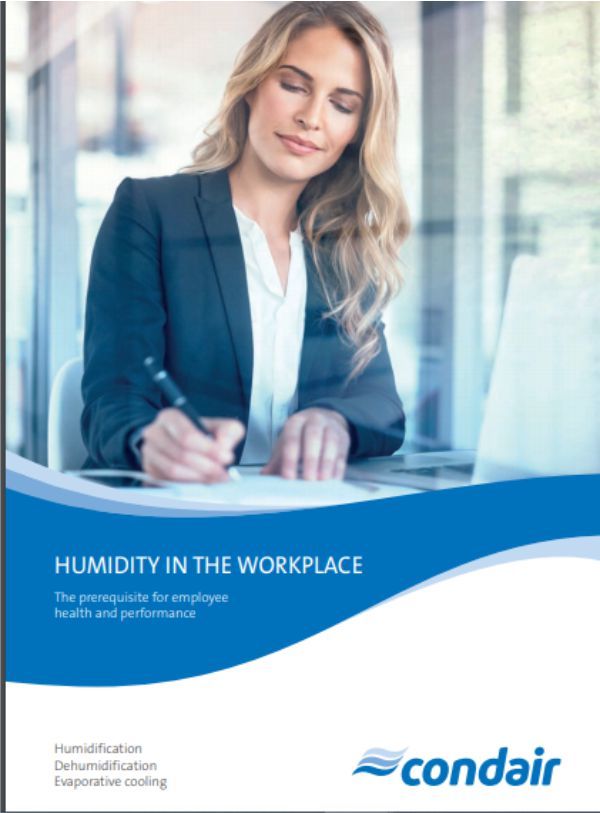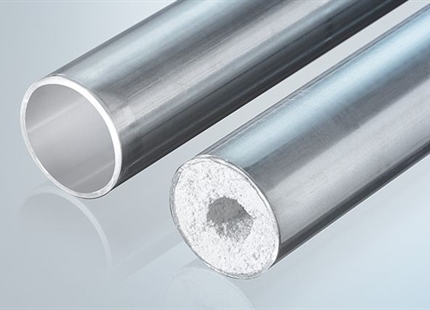01.11.2020
4 Negative Performance Effects of Low Humidity in the Workplace
Being good to your workers can translate to being good to your profit margins. However, without indoor environmental conditions effectively managed, there are a number of complications that can arise. To protect your hardworking team and operational efficiency, let’s spotlight some of the negative performance-related effects of low humidity in the workplace, some of which are sometimes overlooked.
Reduced Focus and Efficiency
Motor functionality and mental focus continue to decline in effectiveness the more we are dehydrated. Low-humidity indoor conditions therefore pose the threat of reduced operational efficiency caused by less-focused employees. This can lead to quality assurance problems, safety violations, and lower-than-expected profit figures. In that sense, ensuring proper humidity control is ideal for avoiding such needless setbacks.
Employee Stress and Emotional Reactivity
One of the most overlooked negative effects of low humidity in the workplace is stress. Employees face it every day as it is through personal and work-related challenges, and they can only handle so much. In low-humidity conditions that bring about irritation, discomfort and trouble focusing, the risk of emotional and negative reactivity is higher. This can impose a serious strain on employee-to-employee and employee-to-employer relations, making it harder to maintain a supportive team. Protect the morale and moods of your workers by ensuring they feel comfortable, relaxed, and capable of performing at their peak.
Less Effective Training and Retention
Since the ability to focus and maintain a positive attitude can be limited by indoor environmental conditions, there’s also a risk that any training or retention strategies you have in mind won’t be as effective. During such uncertain times, operators need to be able to count on and support their workers. Therefore, such investments need to pay off. Installing solutions such as a high-efficiency industrial humidifier can help you reduce much of the risk, especially if you have a good vetting process in place that can encourage a stronger workforce from the outset.
Reduced Airborne Infection Control, Increased Absenteeism
Airborne infection control is one of the most significant benefits of a proper humidity control solution. Keeping conditions between 40 to 60 percent relative humidity (RH) in most environments causes bacteria-rich aerosols to settle more quickly; the same applies to airborne allergens, chemical compounds, and dust mites. The result is more effective infection isolation, protecting more of your workers by limiting the reach of infectious bacteria and other health risks. Otherwise, you may experience a spike in absenteeism and a less effective workforce.
In short, there are many negative effects of low humidity in the workplace, but these are some of the most significant risks to your operations. Some of these aren’t widely covered but it’s important to recognize them in order to avoid a domino effect of complications.
Contact us at Condair today if you’re in need of a proper humidity control solution; our commercial and industrial humidifiers are available in a wide range of configurations and load capacities, ready to help you maximize worker safety and efficiency.
Similar Links:
https://www.condair.com/humidifiernews/blog-overview/7-benefits-of-steam-humidifiers













